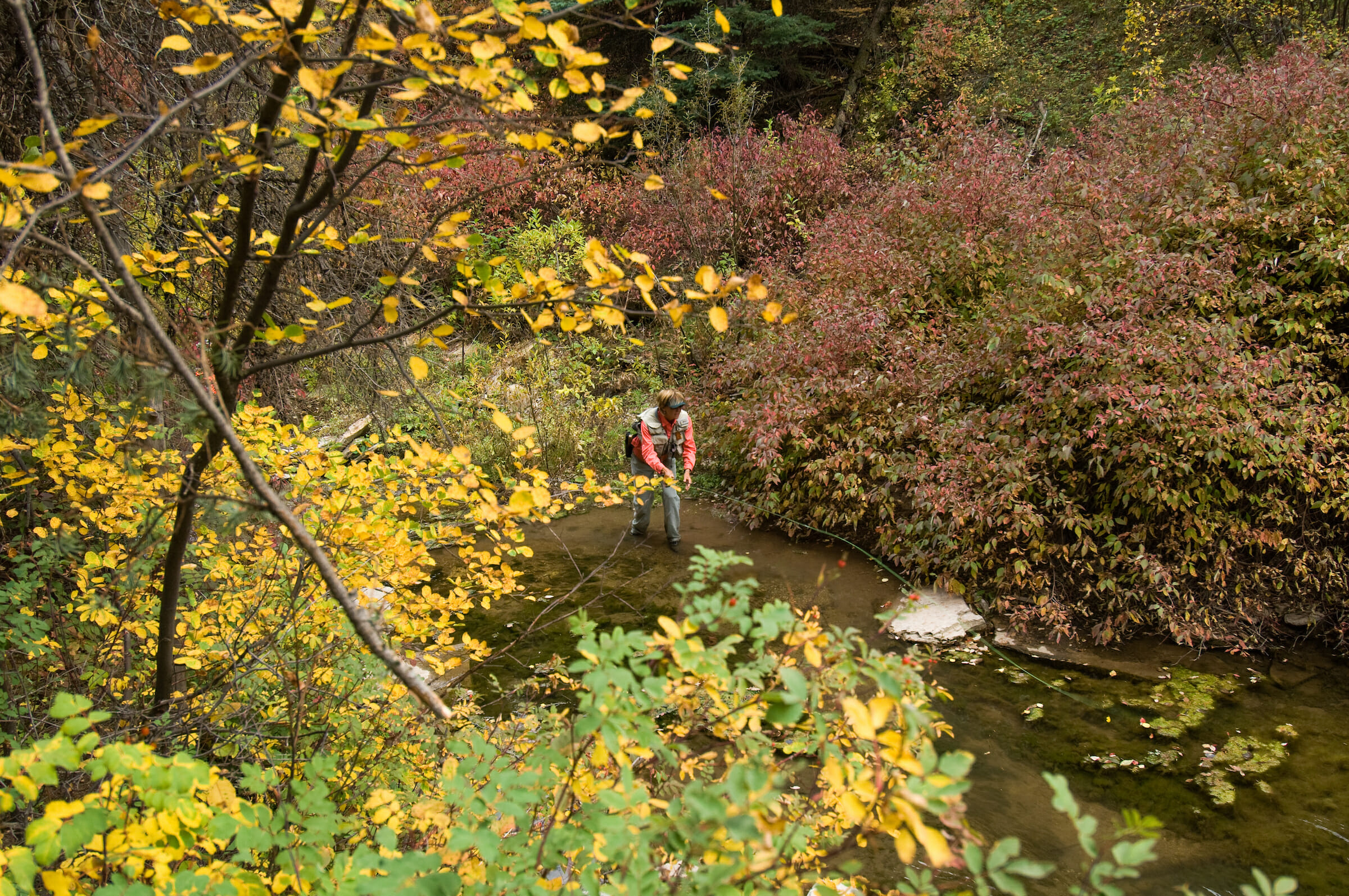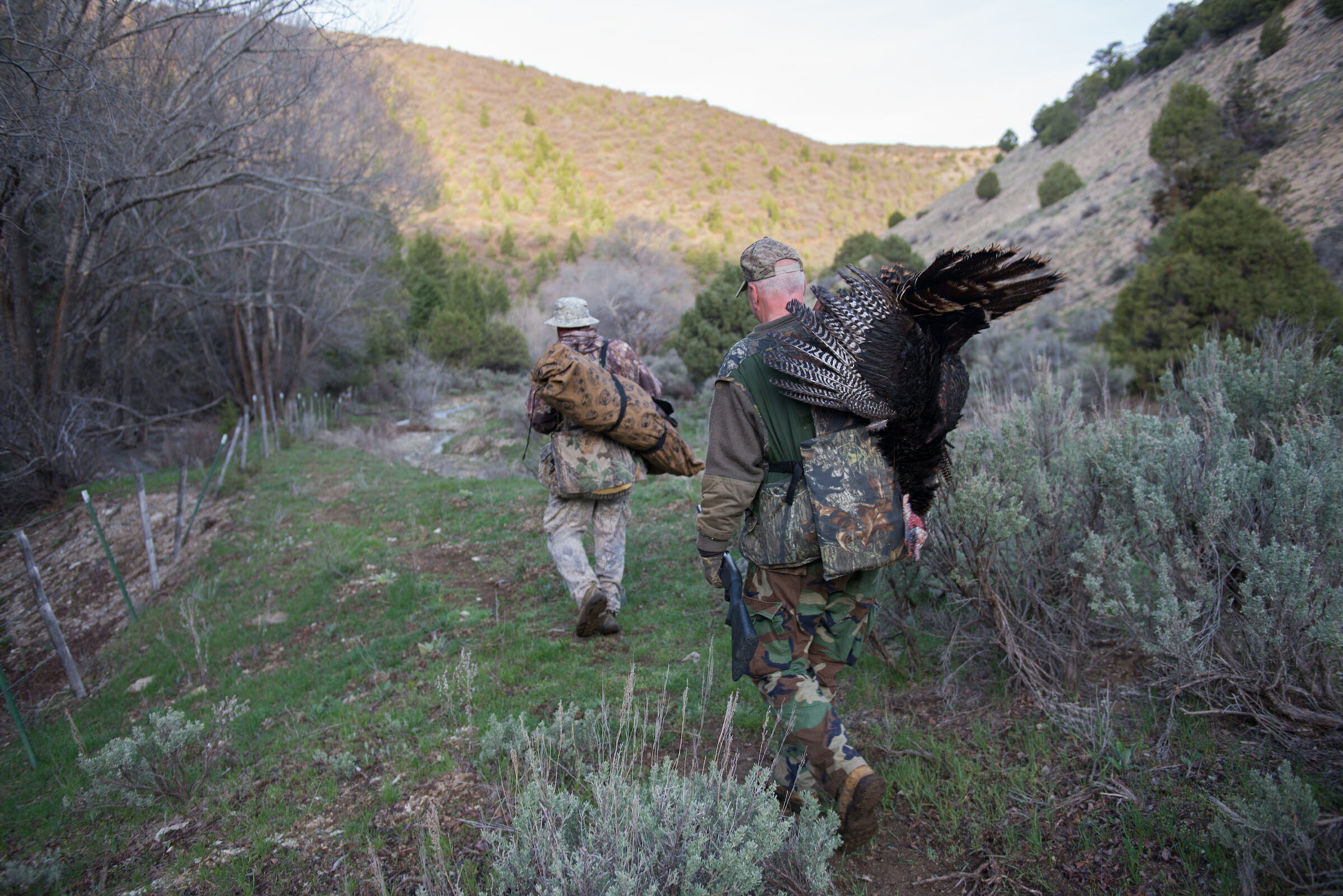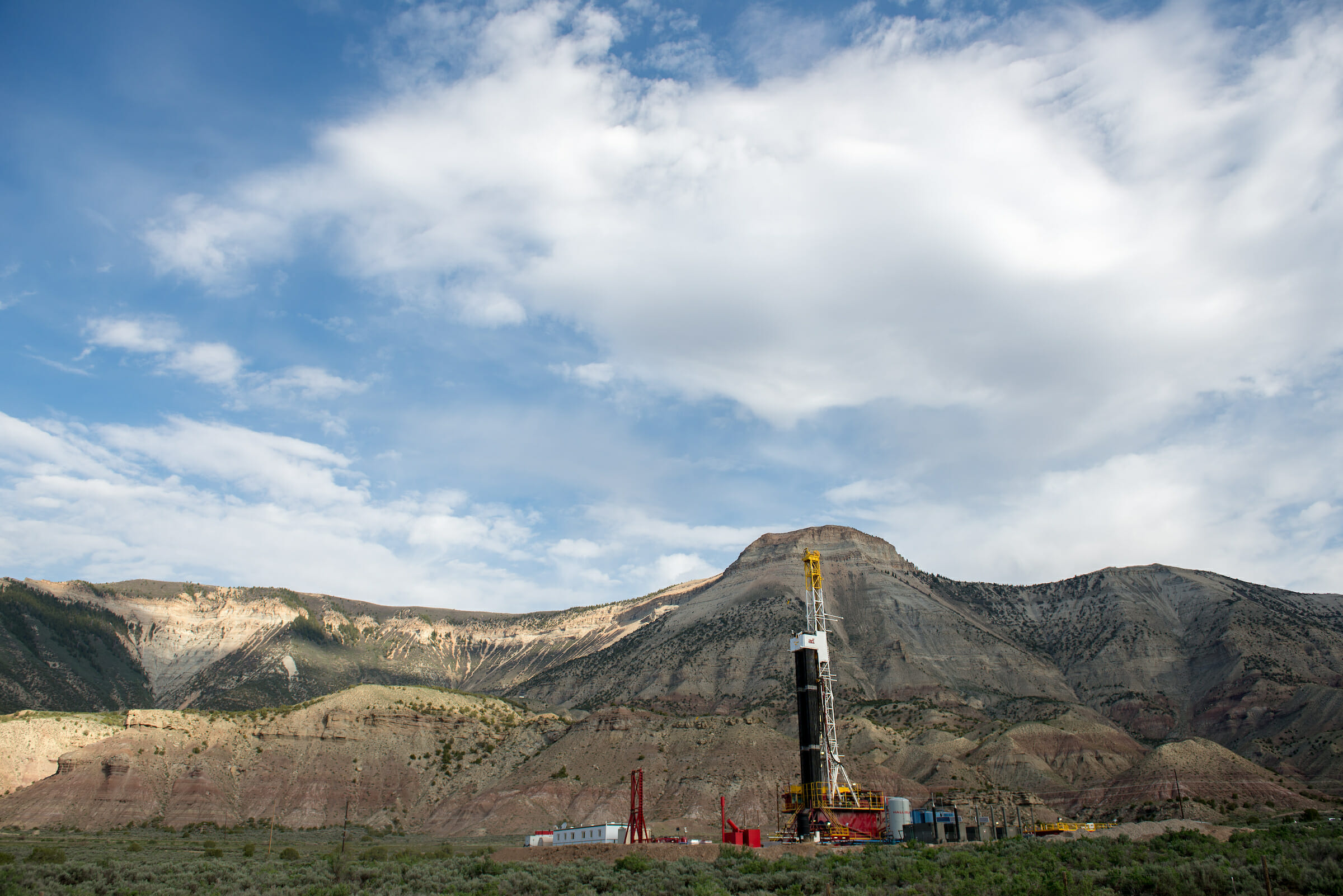By Corey Fisher
Over a decade ago, plans for drilling on the Roan Plateau in western Colorado ranked fifth in the top 10 Colorado news stories of 2007, noting that the Roan Plateau had become a “national battleground over energy independence as the state fights the federal government over gas drilling.” That year, the Bush Administration issued a decision allowing for widespread development in the natural gas-rich ‘tight sands’ geology that underlay the native trout streams, aspen groves, hanging gardens, hidden canyons and irreplaceable mule deer and elk habitat that makes up the Roan.
 It caused an uproar. More than 65 organizations, businesses and at least eight local or county governments had submitted comments or endorsed positions that opposed drilling on top of the Roan Plateau. Likewise, the public comment period generated 75,000 comments, 98 percent of which opposed the drilling plan. The response was predictable: as a last resort, a coalition of 10 conservation organizations also filed a lawsuit challenging that the leasing that occurred.
It caused an uproar. More than 65 organizations, businesses and at least eight local or county governments had submitted comments or endorsed positions that opposed drilling on top of the Roan Plateau. Likewise, the public comment period generated 75,000 comments, 98 percent of which opposed the drilling plan. The response was predictable: as a last resort, a coalition of 10 conservation organizations also filed a lawsuit challenging that the leasing that occurred.
But then something unpredictable happened, conservation and industry interests found common ground and agreed on a plan that would allow for some drilling while leaving the most sensitive areas of the Roan Plateau free of development. It showed that energy development and conservation need not be mutually exclusive, but that the real work needs to occur long before the first acre is offered for lease.
As noted in a joint editorial by Duane Zavadil with Bill Barrett Corporation and David Nickum of Colorado Trout Unlimited, “it is imperative for all parties to engage, up front, in BLM’s process with respect both for the importance of America’s public lands for fish, wildlife, and recreation, and for the benefits of domestic energy development. In practice, this means application of greater precision when making leasing decisions to better identify lands that are both ‘too special to develop’, and those with greatest potential to support our nation’s energy needs.”
Today, the term “energy dominance” has replaced “energy independence” and the need for this kind of upfront planning is more important than ever. Decision makers and public land managers have a choice between energy policies that support responsible energy development and other multiple uses, or decisions that prioritize energy development over all other uses, leaving our public lands fragmented and their habitat degraded with diminished sporting opportunities.
 We have shown that allowing for energy development and conserving healthy fish and wildlife habitat need not be steeped in controversy, but it will take leadership and sound policy from our decision makers and elected officials to strike the right balance. It also means that some places too sensitive for drilling must be set aside in order to conserve irreplaceable fish and wildlife populations and hunting and angling opportunities. And importantly, TU believes that we must substantially reduce our dependence on fossil fuels to reduce the harmful impacts of climate change on our coldwater resources.
We have shown that allowing for energy development and conserving healthy fish and wildlife habitat need not be steeped in controversy, but it will take leadership and sound policy from our decision makers and elected officials to strike the right balance. It also means that some places too sensitive for drilling must be set aside in order to conserve irreplaceable fish and wildlife populations and hunting and angling opportunities. And importantly, TU believes that we must substantially reduce our dependence on fossil fuels to reduce the harmful impacts of climate change on our coldwater resources.
To help those making decisions today learn from our experiences in the past, the Sportsmen for Responsible Energy Development coalition created a report Lessons Learned: A Blueprint for Securing our Energy Future While Safeguarding America’s Sporting Heritage. The report summarizes 10 principles aimed at facilitating responsible energy development and ensuring that high-quality opportunities to hunt and fish on public lands are sustained long into the future.
As the government considers millions of acres of public land throughout the country for oil and gas leasing, these lessons need to be front and center. Read more about the report here.



